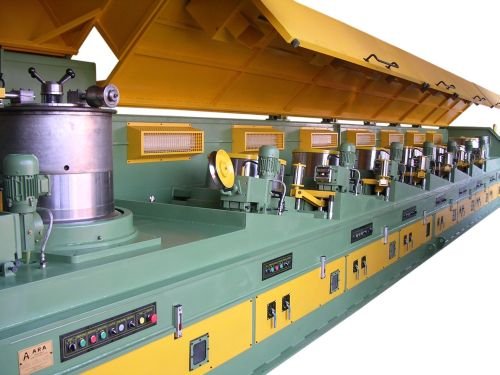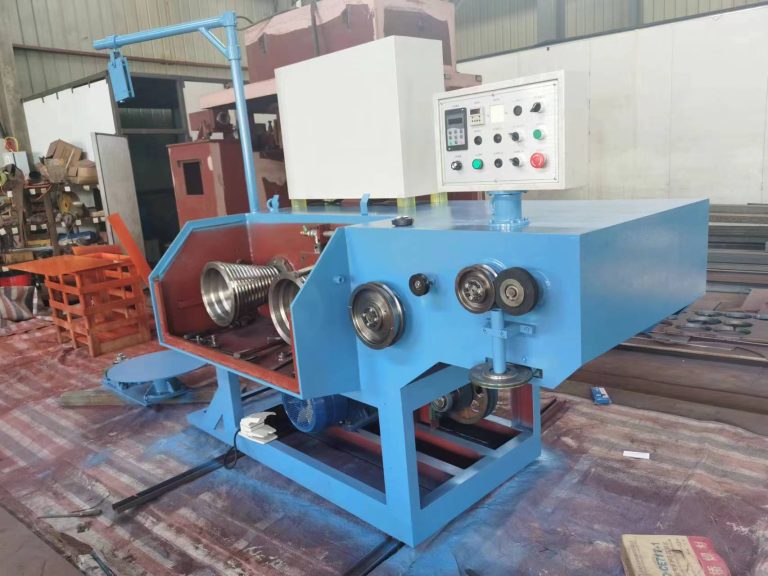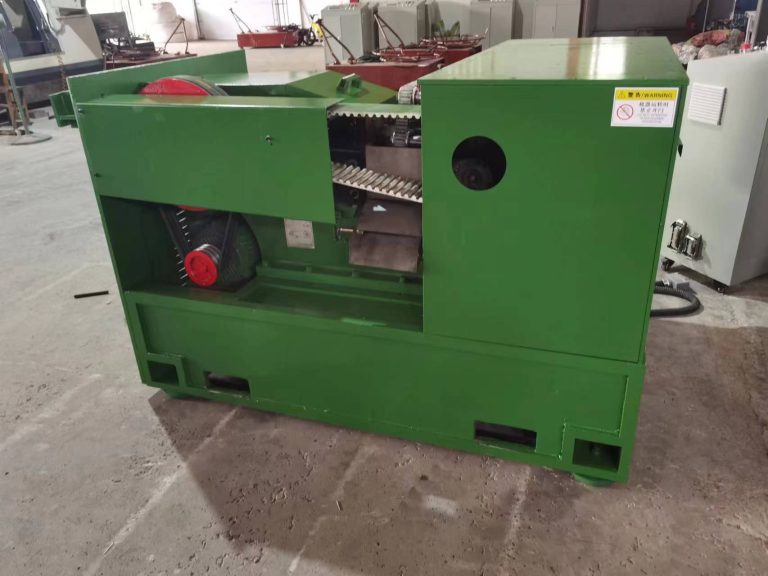Table of Contents
Common Troubleshooting Tips for Electroweld Wire Butt Welder
Electroweld wire Butt Welders are essential tools in various industries for joining metal wires together. However, like any piece of equipment, they can encounter issues that may hinder their performance. In this article, we will discuss some common troubleshooting tips for electroweld wire butt welders to help you identify and resolve any problems that may arise.
One of the most common issues with electroweld wire butt welder is poor weld quality. This can be caused by a variety of factors, such as improper alignment of the wires, insufficient pressure during the welding process, or dirty or damaged electrodes. To address this issue, start by ensuring that the wires are properly aligned and that the electrodes are clean and in good condition. Additionally, check the pressure settings on the welder to ensure that they are appropriate for the materials being welded.
Another common problem with electroweld wire butt welders is overheating. This can occur if the welder is being used for an extended period of time without proper cooling, or if the cooling system is not functioning correctly. To prevent overheating, make sure to take breaks during long welding sessions to allow the welder to cool down. Additionally, check the cooling system to ensure that it is working properly and that the coolant levels are adequate.
In some cases, electroweld wire butt welders may experience issues with the power supply. This can manifest as inconsistent welds, weak welds, or the welder not functioning at all. To troubleshoot power supply issues, start by checking the power cord and plug for any damage or loose connections. Additionally, test the power outlet with another device to ensure that it is providing the correct voltage. If the issue persists, it may be necessary to have the welder inspected by a professional technician.
Another common problem with electroweld wire butt welders is electrode sticking. This occurs when the electrodes become fused together during the welding process, making it difficult to separate them. To prevent electrode sticking, make sure to clean the electrodes regularly and apply a small amount of anti-stick solution before each weld. If the electrodes do become stuck, carefully separate them using a pair of pliers or a hammer, taking care not to damage the electrodes in the process.
Finally, electroweld wire butt welders may experience issues with the welding current. This can result in weak welds, inconsistent welds, or damage to the materials being welded. To troubleshoot welding current issues, start by checking the settings on the welder to ensure that they are appropriate for the materials being welded. Additionally, inspect the welding cables for any damage or loose connections, as this can also affect the welding current.
In conclusion, electroweld wire butt welders are valuable tools for joining metal wires together, but they can encounter issues that may impact their performance. By following the troubleshooting tips outlined in this article, you can identify and resolve common problems with electroweld wire butt welders, ensuring that they continue to function effectively in your operations.
Advantages of Using Electroweld Wire Butt Welder
Electroweld wire butt welders are a popular choice for joining two pieces of metal together. This type of welding machine uses electricity to create a strong bond between the two pieces of metal, making it an efficient and reliable method for a variety of applications. There are several advantages to using an electroweld wire butt welder, which make it a preferred choice for many industries.
One of the main advantages of using an electroweld wire butt welder is the speed at which it can create a weld. Unlike traditional welding methods, which can be time-consuming and labor-intensive, electroweld wire butt welding is a quick and efficient process. This can help to increase productivity and reduce downtime, making it a cost-effective option for many businesses.
Another advantage of electroweld wire butt welding is the strength of the weld that it creates. Because the weld is created using electricity, it is able to create a strong bond between the two pieces of metal. This can help to ensure that the weld is durable and long-lasting, making it a reliable choice for a variety of applications.
In addition to its speed and strength, electroweld wire butt welding is also a versatile method of joining metal. This type of welding can be used on a wide range of metals, including steel, aluminum, and copper. This versatility makes it a popular choice for many industries, from automotive to construction.
One of the key advantages of electroweld wire butt welding is its ability to create a clean and precise weld. Because the weld is created using electricity, there is no need for additional filler material, which can help to create a neat and tidy finish. This can be particularly important for applications where aesthetics are important, such as in the automotive or aerospace industries.

Another advantage of electroweld wire butt welding is its cost-effectiveness. Because this type of welding is quick and efficient, it can help to reduce labor costs and increase productivity. This can help businesses to save money in the long run, making electroweld wire butt welding a smart investment for many industries.
Overall, electroweld wire butt welding offers a number of advantages that make it a popular choice for joining metal. From its speed and strength to its versatility and cost-effectiveness, this type of welding is a reliable and efficient method for a variety of applications. Whether you are in the automotive, construction, or aerospace industry, electroweld wire butt welding could be the perfect solution for your welding needs.
How to Properly Maintain an Electroweld Wire Butt Welder
An electroweld wire butt welder is a crucial piece of equipment in many industries, as it is used to join two pieces of metal together by applying heat and pressure. To ensure that your electroweld wire butt welder continues to function properly and efficiently, it is important to perform regular maintenance on the machine. Proper maintenance not only extends the lifespan of the welder but also ensures the quality of the welds produced.
One of the most important aspects of maintaining an electroweld wire butt welder is keeping it clean. Over time, dust, dirt, and debris can accumulate on the machine, which can affect its performance. Regularly cleaning the welder with a soft brush or cloth can help prevent these particles from interfering with the welding process. Additionally, it is important to clean the electrodes and clamping mechanisms to ensure that they are free from any buildup that could hinder their effectiveness.
In addition to keeping the welder clean, it is also important to regularly inspect the machine for any signs of wear or damage. Check the electrodes, clamps, and other components for any cracks, dents, or other issues that could affect the welder’s performance. If any damage is found, it is important to address it promptly to prevent further problems from occurring.
Another important aspect of maintaining an electroweld wire butt welder is ensuring that it is properly calibrated. Calibration ensures that the machine is operating at the correct settings, which is crucial for producing high-quality welds. Regularly checking and adjusting the settings on the welder can help prevent issues such as overheating or underheating, which can result in weak or faulty welds.
It is also important to regularly lubricate the moving parts of the welder to prevent friction and wear. Applying a small amount of lubricant to the electrodes, clamps, and other moving components can help ensure that they operate smoothly and efficiently. Be sure to use a lubricant that is compatible with the materials used in the welder to prevent any damage.

In addition to these maintenance tasks, it is important to regularly test the welder to ensure that it is functioning properly. Perform test welds on scrap pieces of metal to check the quality of the welds produced. If any issues are found, such as weak welds or inconsistent results, it may be necessary to adjust the settings or perform further maintenance on the machine.
By following these maintenance tips, you can help ensure that your electroweld wire butt welder continues to operate efficiently and produce high-quality welds. Regular cleaning, inspection, calibration, lubrication, and testing are all essential aspects of maintaining this important piece of equipment. Taking the time to properly maintain your welder can help prevent costly repairs and downtime, allowing you to continue producing quality welds for years to come.






